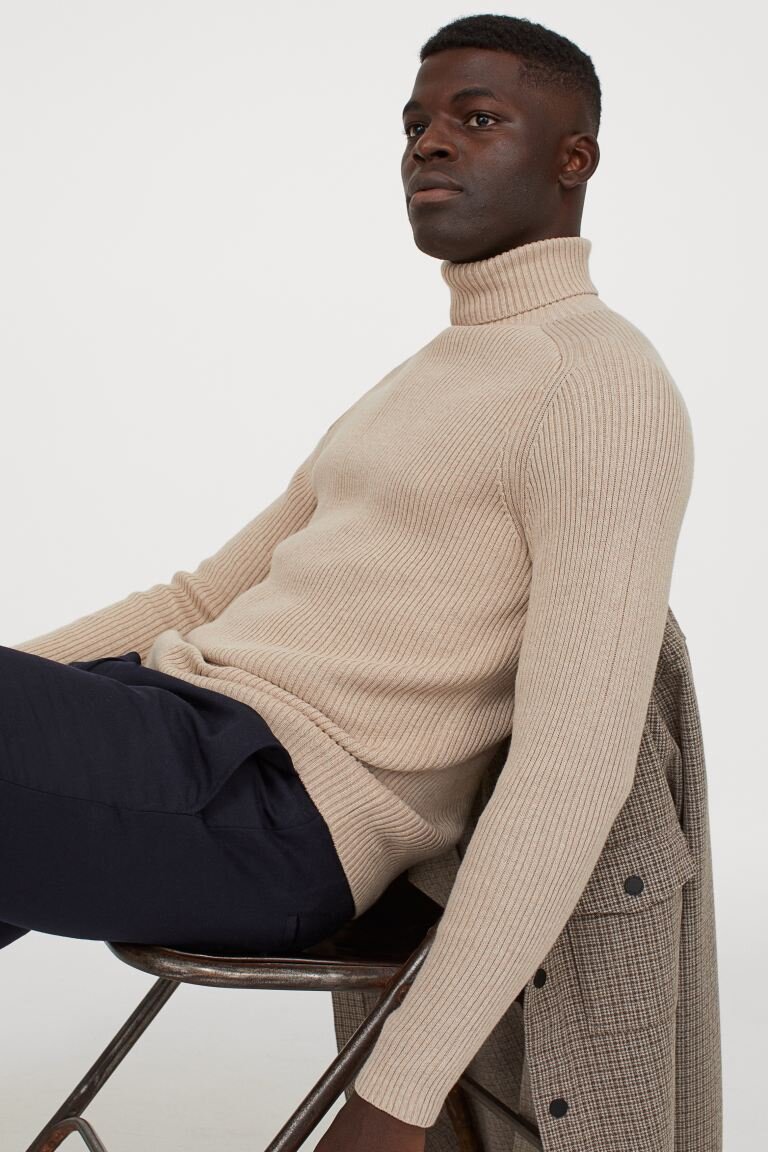Can Monochrome Dressing Include More Than One Color?
Proportions, texture and color variations.
Shot ON LOCATION in BROOKLYN, NEW YORK.
Photography, SIMI VIJAY
Styling, Igee Okafor
Some people prefer to match exact tones, others prefer to play with different variations.
The formula for monochrome styling is pretty easy when you think about the concept. Essentially, all it means is that you’re wearing the same color with every major individual piece featured in an outfit.
Some people prefer to match exact tones, others prefer to play with different variations.
While the formula is so simple, it can be a hit or miss - either reading as too matchy or too simple.
The key to pulling off a successful monochrome look? I say, proportions, texture and color variations. These three characteristics keep styling interesting, creating an opportunity to get more creative with the look.
I’ve exemplified the idea in the featured outfit by pairing a chunky knit with a more simplistic trouser. These are two broken up variations of the same color that contrast well with each other. One is lighter, one is darker. One is more voluminous, the other is not.
The inclusion of the white sneaker is for breaking up the look a bit, a choice based on styling preference. It makes for a less simplistic take on monochromatic dressing.
Can Monochrome Dressing Include More Than One Color?
The answer is yes. Numerous illustrations of monochrome styling showcase the main color being supported by shoes and accessories in foundational colors like black and white for reasons I’ve mentioned in this post and other articles.
As long as the supporting colors subtly compliment the obvious leading tone of the look, it’s a win for the monochrome dressing formula.
GET THE LOOK:
CARL F. BUCHERER






